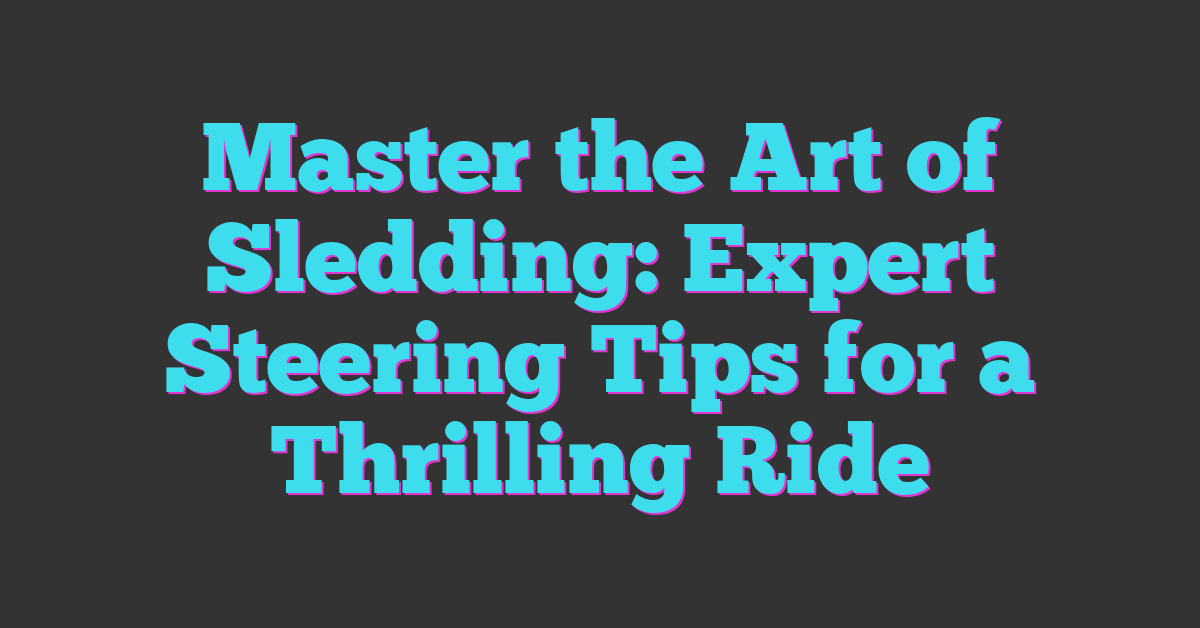Getting ready to hit the slopes this winter? Snowboarding demands a lot from your body, especially when it comes to flexibility. Tight muscles can hold you back and even lead to injuries, but adding the right yoga poses to your routine can make a big difference.

Yoga helps you loosen up, improve balance, and increase your range of motion—all essential for smooth, confident moves on your board. Whether you’re a beginner or a seasoned rider, these poses will prepare your body to perform better and recover faster after a day on the mountain.
Importance of Flexibility in Snowboarding
Flexibility plays a crucial role in your snowboarding experience. It allows you to move more fluidly and react quickly on varying terrain.
How Flexibility Enhances Performance
Flexibility opens up your range of motion, letting you carve deeper turns and maintain better control at high speeds. It helps you absorb shocks from jumps and uneven surfaces, reducing fatigue during long runs. Greater mobility improves your balance by enabling precise body adjustments over your board. You’ll find it easier to execute complex tricks or sudden stops when your muscles and joints move freely.
Common Flexibility Challenges for Snowboarders
Your hip flexors, hamstrings, and lower back often tighten from repetitive movements or sitting long hours on the mountain. Tight calf muscles and ankles limit your ability to flex and extend your board. Stiff shoulders and wrists reduce your balance and control when planting your hands during slides or grabs. Snowboarding demands dynamic flexibility across multiple muscle groups, so addressing these tight spots prevents restrictions that affect your ride.
Key Yoga Poses for Snowboarding Flexibility
Mastering yoga poses that target key areas boosts your snowboarding flexibility. These poses focus on opening hips, increasing spinal movement, stretching hamstrings, and stabilizing shoulders and wrists, all critical for better performance on the slopes.
Hip Openers for Improved Mobility
Start with hip openers like Pigeon Pose and Garland Pose. Pigeon Pose loosens tight hip flexors and glutes, which restrict rotation during turns. Garland Pose stretches your inner thighs and hips, improving your stance and control. Holding these poses for 30 seconds each helps enhance mobility for deeper, smoother turns.
Backbends to Increase Spinal Flexibility
Incorporate backbends like Cobra Pose and Bridge Pose to increase spinal flexibility. Cobra Pose strengthens your lower back and improves extension, which assists with maintaining balance during bends and jumps. Bridge Pose opens your chest and stretches the front hip muscles, supporting better posture and shock absorption. Aim for 20 to 30 seconds per pose to build flexibility safely.
Hamstring Stretches for Better Balance
Use hamstring stretches such as Standing Forward Fold and Reclining Hand-to-Big-Toe Pose to promote balance. Standing Forward Fold alleviates tightness in hamstrings and calves while relaxing your lower back. Reclining Hand-to-Big-Toe Pose increases hamstring length, supporting smoother weight shifts on uneven terrain. Hold these stretches between 30 seconds to 1 minute for maximum effect.
Shoulder and Wrist Poses for Stability
Focus on Shoulderstand Prep and Downward Dog to improve shoulder and wrist stability. Shoulderstand Prep strengthens shoulder muscles and loosens the upper back, allowing for better control when carving and popping off jumps. Downward Dog stretches your wrists and shoulders, which reduces strain from gripping the board and carrying gear. Spend 20 to 40 seconds in each pose to build endurance and prevent injuries.
Incorporating Yoga into Your Snowboarding Routine
Integrating yoga into your snowboarding schedule enhances flexibility, balance, and endurance. Strategic practice times and mindful stretching create a solid foundation for your on-slope performance.
When and How Often to Practice
Schedule your yoga sessions at least three times a week, focusing on days before and after snowboarding. Morning sessions boost circulation and prepare muscles for the day, while evening sessions aid recovery by reducing stiffness. Aim for 20–30 minutes per session, adjusting intensity based on how your body feels. Consistency propels progress, but if your schedule tightens, a focused 10-minute routine still delivers benefits.
Tips for Safe and Effective Stretching
Begin with gentle warm-ups to elevate muscle temperature and avoid injury. Hold each yoga pose for 30 to 60 seconds, maintaining slow, steady breaths to promote relaxation and flexibility. Listen closely to your body’s signals — ease out of any pose causing sharp pain or discomfort. Use props like blocks or straps to support challenging stretches and protect joints. Prioritize alignment to maximize benefits, especially in critical areas like hips, shoulders, and lower back, ensuring your practice complements your snowboarding demands.
Conclusion
By making yoga a regular part of your snowboarding routine, you’re setting yourself up for smoother moves and fewer aches on the slopes. It’s not just about flexibility—it’s about feeling more connected to your body and ready for whatever the mountain throws your way.
Take your time with each pose, and enjoy the process of unlocking new levels of strength and balance. Your body will thank you, and your snowboarding will reach new heights. Keep rolling with confidence and ease!










